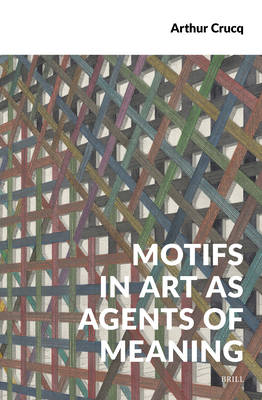
- Afhalen na 1 uur in een winkel met voorraad
- Gratis thuislevering in België vanaf € 30
- Ruim aanbod met 7 miljoen producten
- Afhalen na 1 uur in een winkel met voorraad
- Gratis thuislevering in België vanaf € 30
- Ruim aanbod met 7 miljoen producten
Zoeken
Omschrijving
Departing from a metaphorical comparison by Renaissance architect Leon Battista Alberti between the underlying principles of drawing and weaving, this book will show how seemingly abstract motifs in their realization already acquire the potential to refer to content. This opens a new perspective on the so-called distinction between 'abstract' and 'representational' and the extent to which various motifs in art can be regarded as representations. Based on recent insights from the fields of anthropology, archaeology, psychology and semiotics, it will furthermore become clear how the essentially abstract elements of art motifs can set in motion processes of meaning-making and as such function as agents, which implicitly emphasize that abstraction exactly shows how representation works.
Specificaties
Betrokkenen
- Auteur(s):
- Uitgeverij:
Inhoud
- Aantal bladzijden:
- 250
- Taal:
- Engels
- Reeks:
- Reeksnummer:
- nr. 4
Eigenschappen
- Productcode (EAN):
- 9789004750203
- Verschijningsdatum:
- 8/01/2026
- Uitvoering:
- Hardcover
- Formaat:
- Genaaid
- Afmetingen:
- 155 mm x 235 mm

Alleen bij Standaard Boekhandel
+ 402 punten op je klantenkaart van Standaard Boekhandel
Beoordelingen
We publiceren alleen reviews die voldoen aan de voorwaarden voor reviews. Bekijk onze voorwaarden voor reviews.








